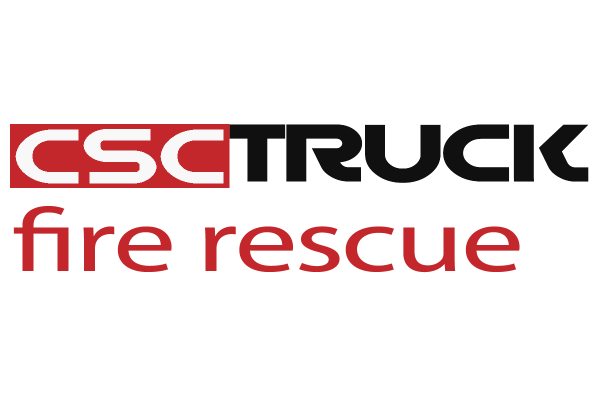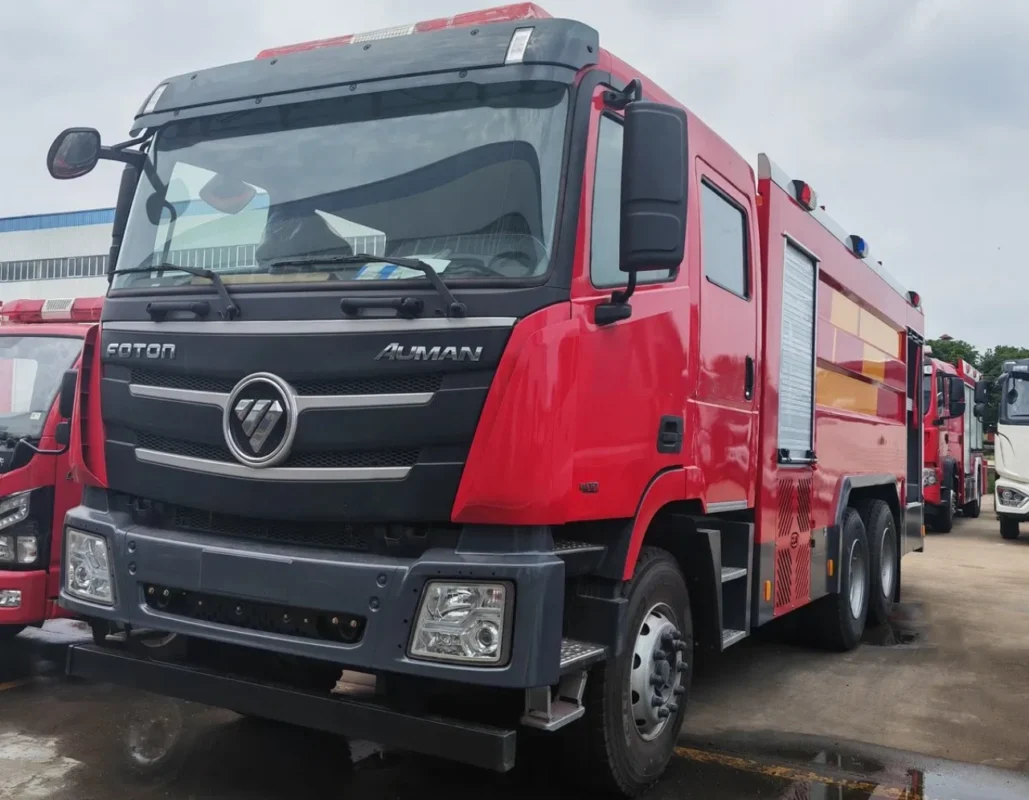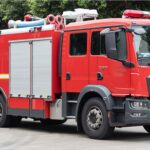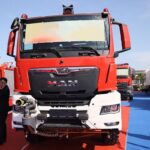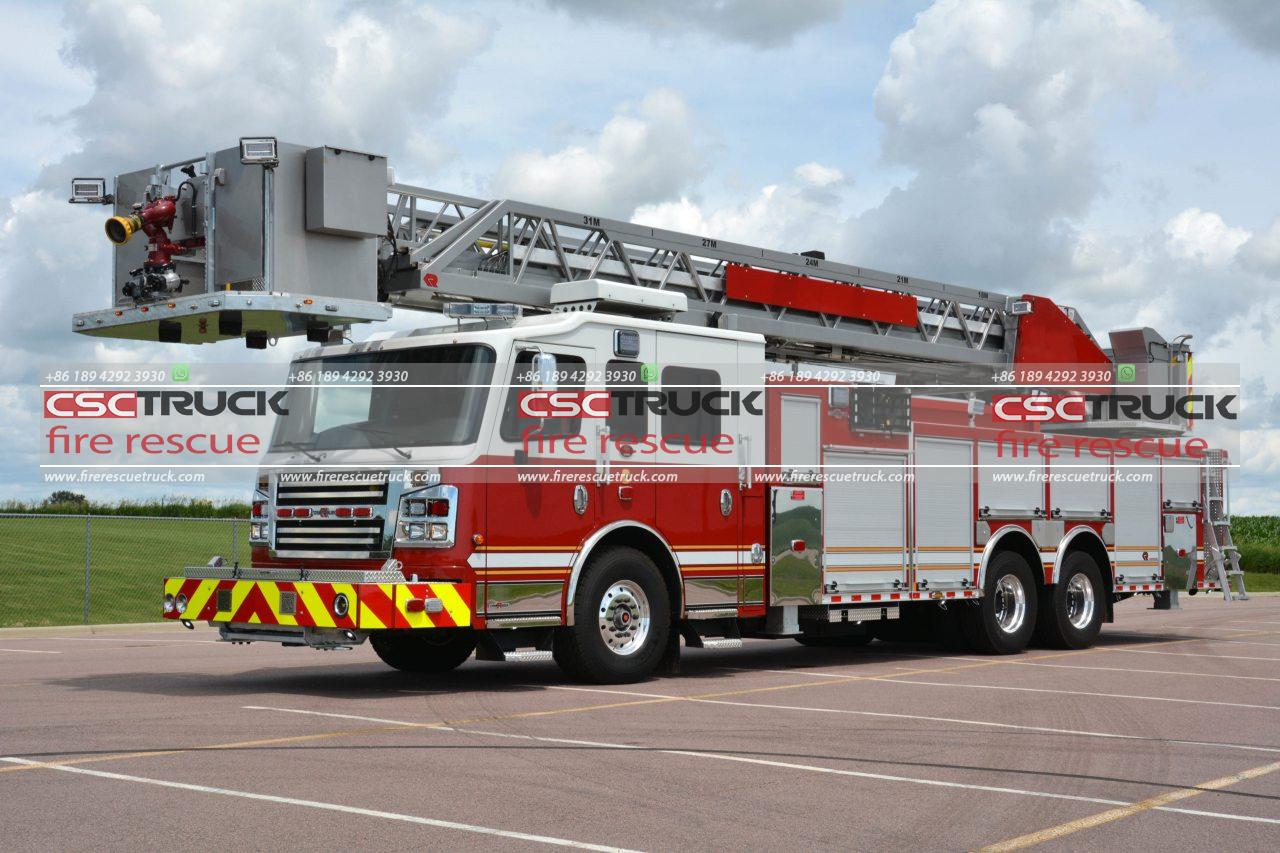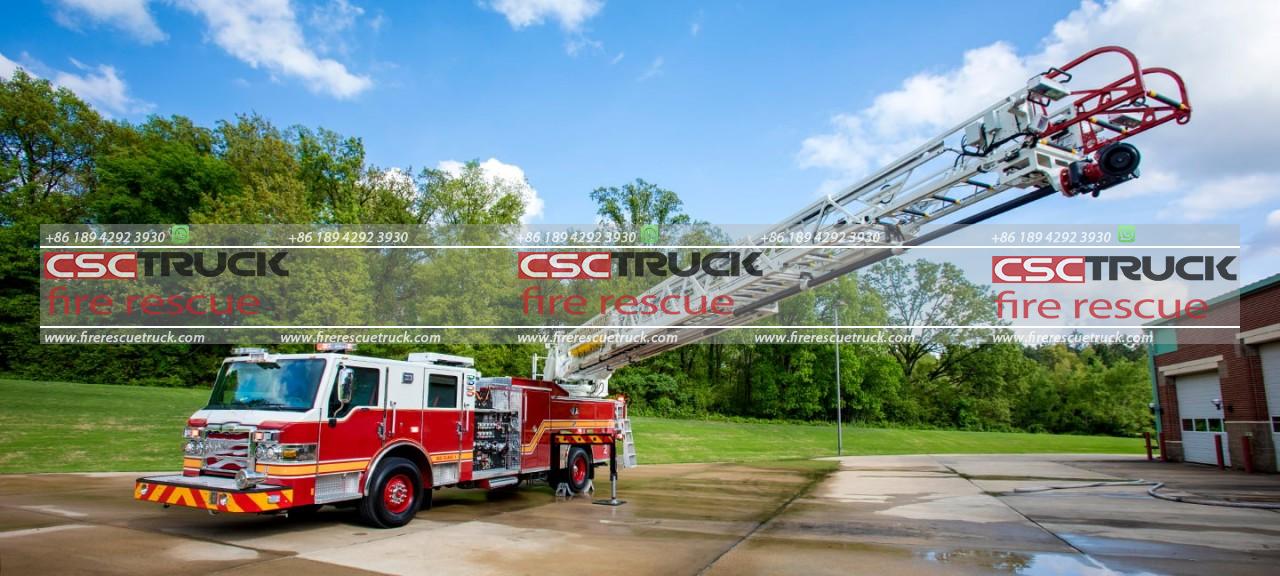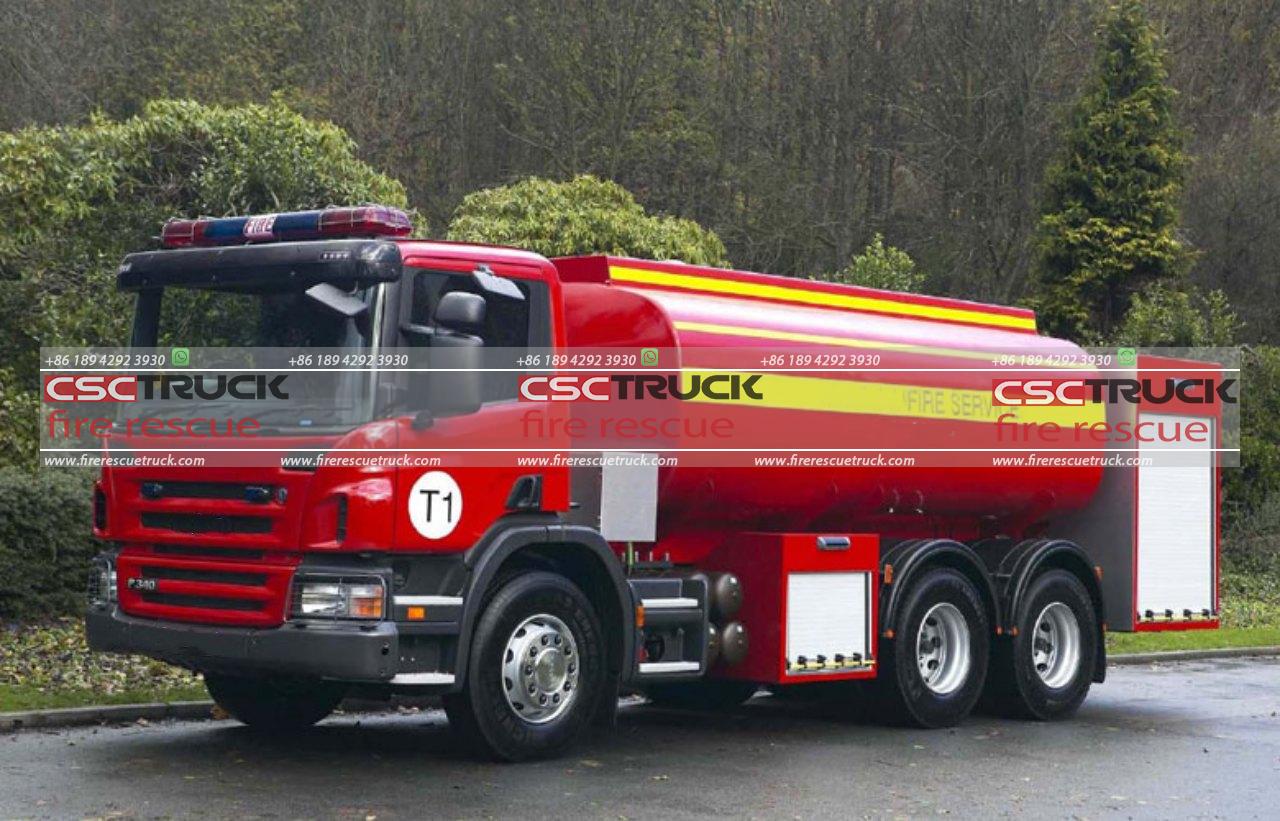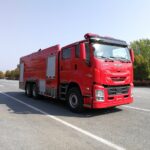A pump fire engine, often referred to simply as a pumper or fire truck, is a crucial piece of firefighting equipment designed primarily for transporting and delivering water to extinguish fires. These vehicles are equipped with powerful water pumps, onboard water tanks, hoses, and various firefighting tools, enabling firefighters to respond quickly and effectively to emergencies. This article explores the key features, functions, types, and operational aspects of pump fire engines.
The Purpose of a Pump Fire Engine
The primary purpose of a pump fire engine is to supply water to the fire scene, either from its onboard tank or an external source such as a fire hydrant, lake, or another water body. These fire engines are essential for suppressing structural fires, vehicle fires, wildfires, and other emergencies where water is the main extinguishing agent. Fire departments worldwide rely on pump fire engines to protect lives and property.
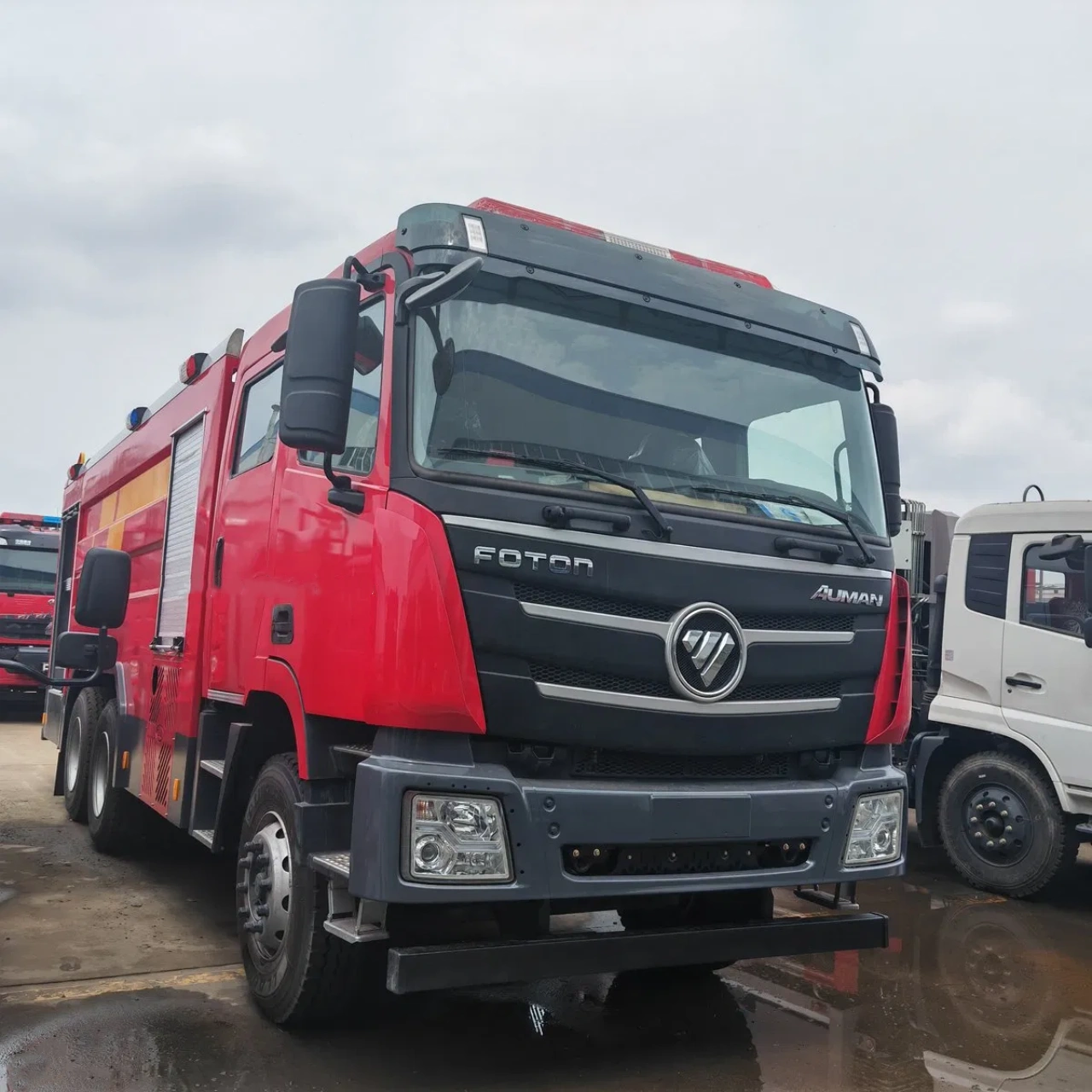
Key Features of a Pump Fire Engine
1. Water Pump
The heart of a pump fire engine is its water pump, which creates the necessary pressure to deliver water effectively through hoses. Pumps can be powered by the vehicle’s engine or a separate motor, with most modern pumpers using a centrifugal pump due to its efficiency and reliability.
2. Onboard Water Tank
Most pump fire engines have a built-in water tank that stores a supply of water, typically ranging from 500 to 1,500 gallons. This allows firefighters to start suppression efforts immediately upon arrival before connecting to an external water source.
3. Hoses and Nozzles
Pump fire engines carry various types and sizes of hoses, including attack hoses for direct firefighting and supply hoses for water relay. Nozzles attached to these hoses regulate water flow and pressure to optimize fire suppression efforts.
4. Ladders and Equipment Compartments
Many pumpers are equipped with ladders for accessing elevated areas and compartments that store essential firefighting tools, including axes, pry bars, breathing apparatus, and thermal imaging cameras.
5. Foam Systems
Some pump fire engines feature foam proportioning systems that mix water with foam concentrate, creating a firefighting foam ideal for combating flammable liquid fires, such as fuel or chemical spills.
6. Control Panel
A pump control panel allows firefighters to regulate water pressure, flow rate, and pump operation. Modern pumpers often have electronic controls and pressure governors to simplify pump operation and enhance efficiency.
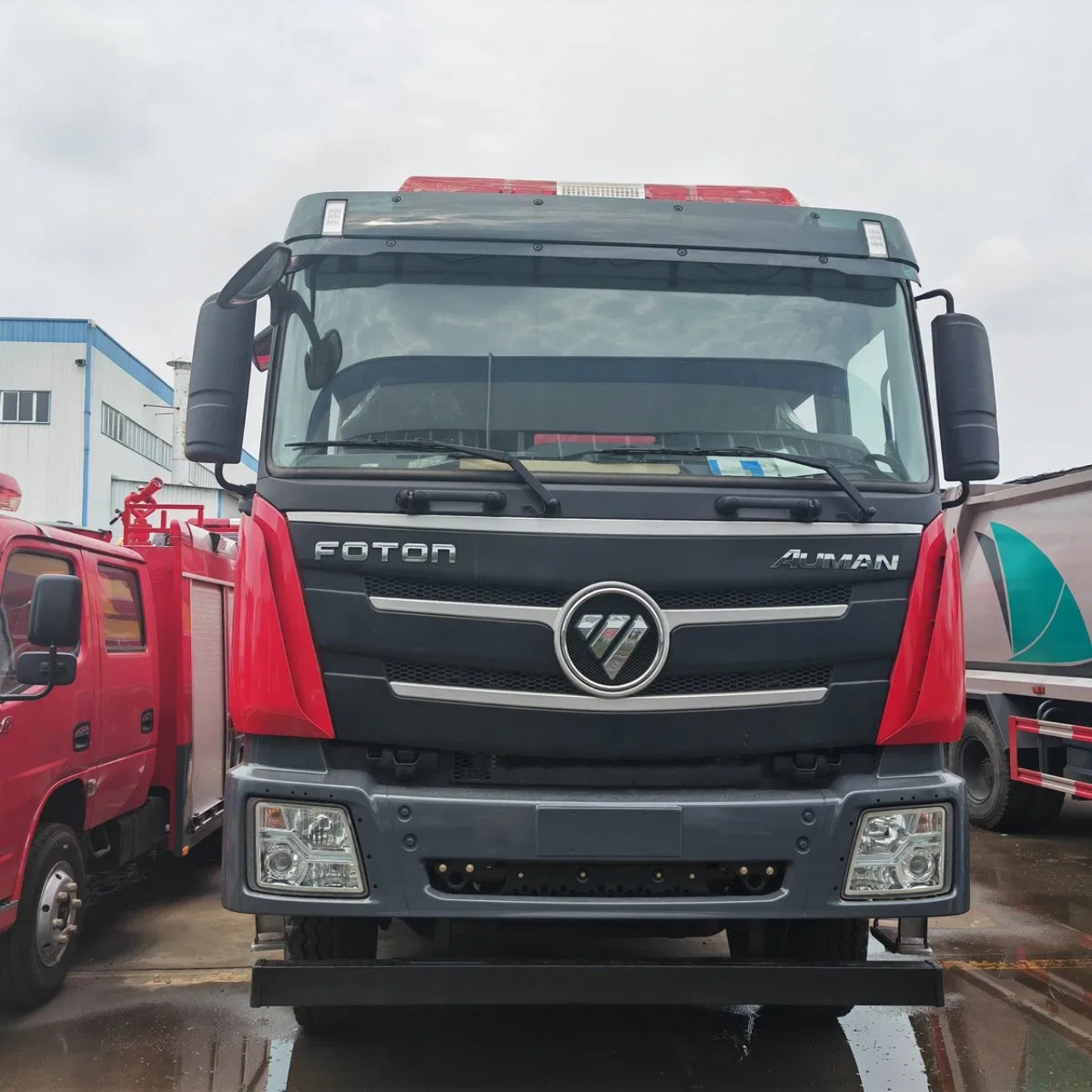
Types of Pump Fire Engines
1. Type 1 and Type 2 Pumpers
These are standard municipal fire engines used in urban and suburban areas. Type 1 pumpers generally have higher water capacities and are suited for structural firefighting, while Type 2 pumpers are slightly smaller and often used in rural settings.
2. Type 3 and Type 4 Wildland Pumpers
Designed for wildfire suppression, these pumpers are equipped with off-road capabilities, high-clearance chassis, and powerful pumps to operate effectively in rugged terrain. Type 3 engines have a larger water capacity compared to Type 4 engines.
3. Type 5, Type 6, and Type 7 Wildland Engines
These smaller, more mobile fire engines are often mounted on pickup truck chassis and used for rapid response to wildland fires. They carry less water but are highly maneuverable.
4. Tanker Pumpers
Also known as water tenders, these engines transport large volumes of water (often 1,500 gallons or more) to areas lacking hydrant access. They combine the functions of a pumper with those of a tanker.
5. Industrial Pumpers
Used at industrial sites, these pumpers have extremely high-capacity pumps and may be equipped with specialized foam or chemical suppression systems for handling hazardous materials fires.
6. Airport Crash Tenders
These specialized fire engines are designed for aircraft rescue and firefighting (ARFF) and feature high-volume pumps, foam systems, and rapid response capabilities.
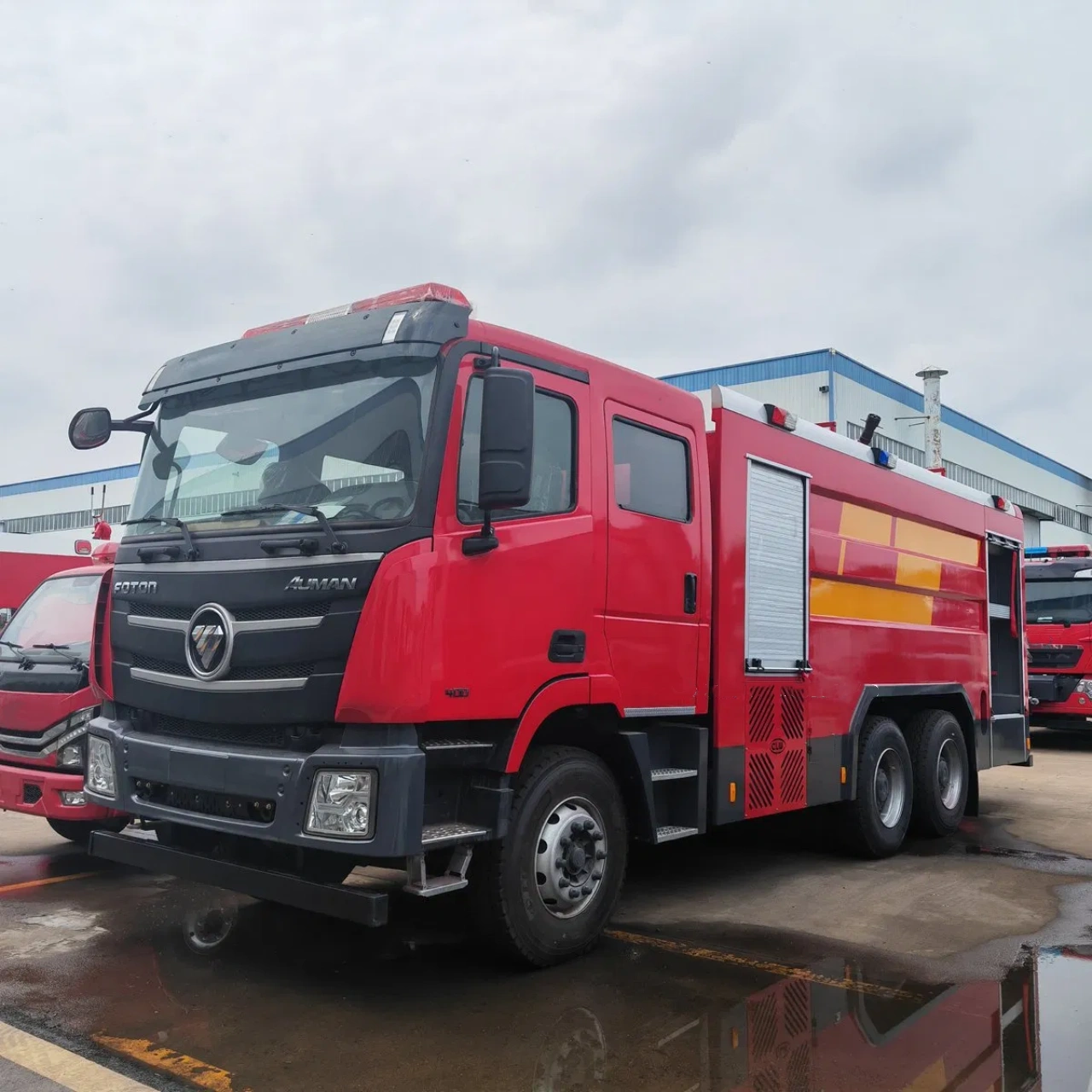
How Does a Pump Fire Engine Work?
When responding to a fire, a pump fire engine follows a specific operational process:
- Water Source Connection – If using an external source, firefighters connect intake hoses to a hydrant, lake, or another water supply.
- Pump Activation – The pump draws water from the onboard tank or external source and pressurizes it.
- Water Distribution – Pressurized water flows through hoses to the fire scene, controlled via the pump panel.
- Nozzle Operation – Firefighters adjust nozzles to optimize water flow for effective fire suppression.
- Refilling – Once the onboard tank is depleted, the engine must be refilled from a hydrant or water tender.
Advancements in Pump Fire Engine Technology
1. Automatic Pressure Controls
Modern pumpers feature automatic governors and pressure controls to maintain stable water flow and prevent hose bursts.
2. Telematics and Remote Monitoring
Some fire engines are equipped with telematics that allow remote diagnostics and monitoring of pump performance.
3. Compressed Air Foam Systems (CAFS)
These systems mix compressed air with water and foam to enhance firefighting efficiency, reducing water usage and increasing penetration.
4. Hybrid and Electric Fire Engines
With increasing emphasis on sustainability, some manufacturers are developing hybrid or fully electric pump fire engines with reduced emissions and improved energy efficiency.
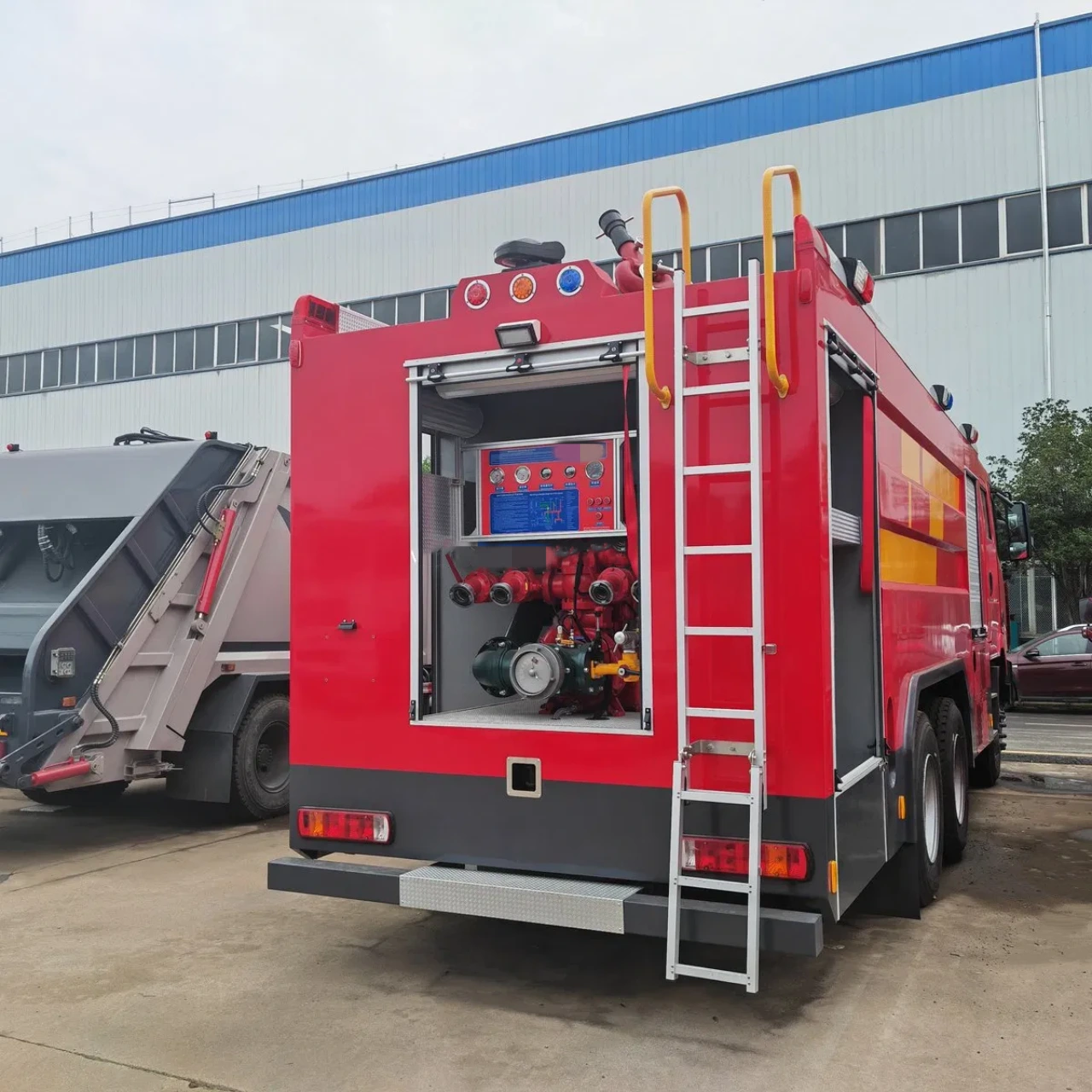
Conclusion
A pump fire engine is a vital component of any fire department’s fleet, designed to deliver water efficiently and aid in firefighting operations. With powerful pumps, onboard water tanks, and advanced firefighting equipment, these vehicles play a crucial role in protecting communities from fire-related emergencies. As technology advances, modern pump fire engines continue to evolve, offering improved performance, safety, and environmental benefits.
